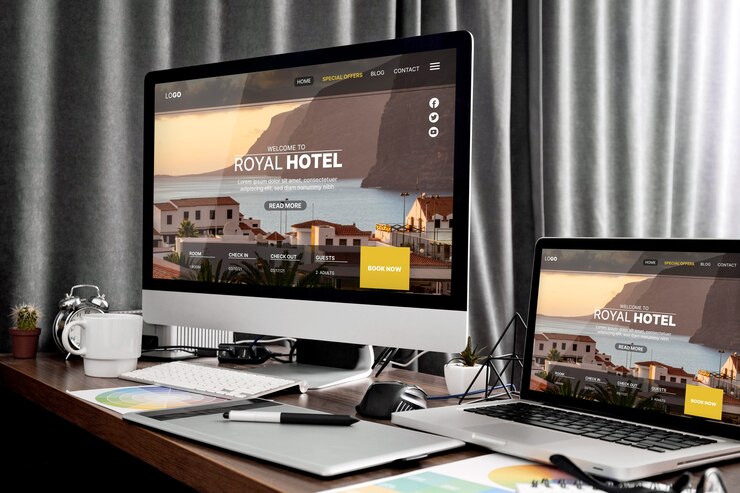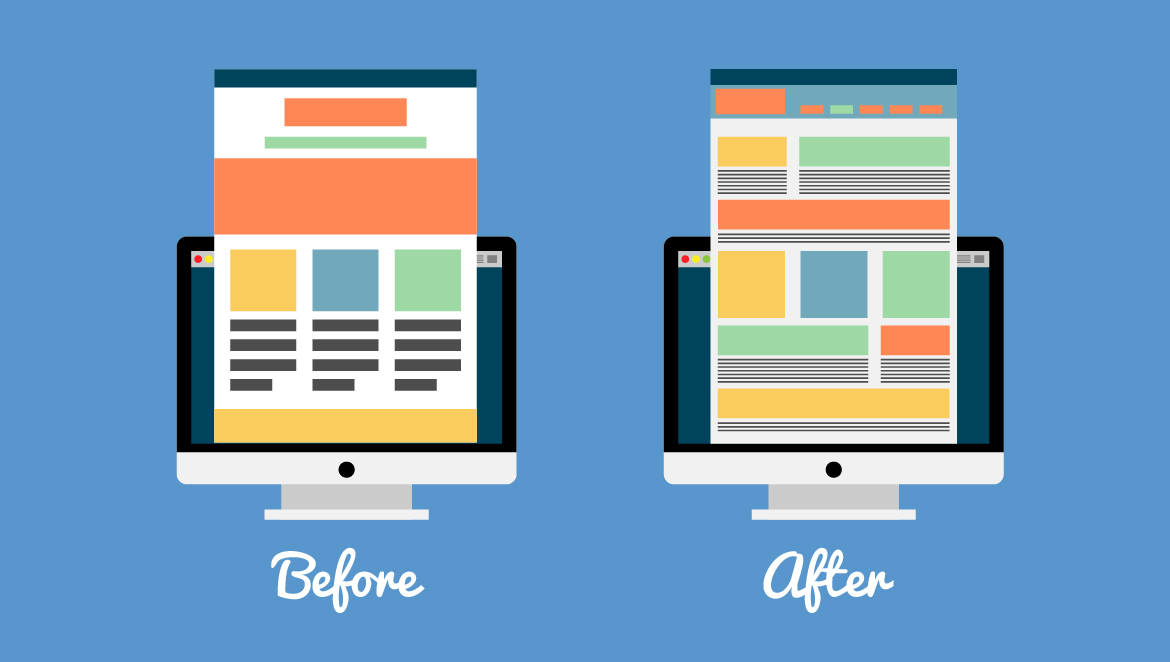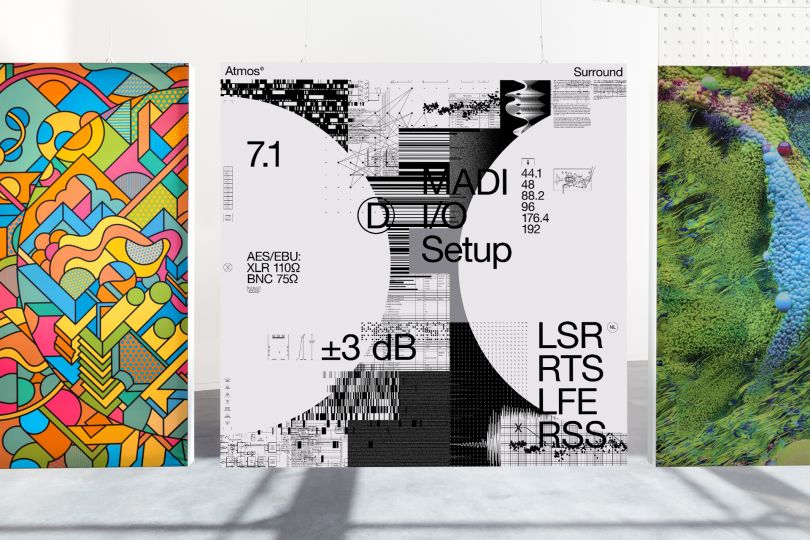Mastering Image Optimization: Elevating Page Speed and SEO Performance

If you’ve ever wondered how to make your articles pop with eye-catching visuals while also boosting your website’s performance, you’re in for a treat. We’re diving deep into the world of image optimization, where we’ll learn how to strike the perfect balance between dazzling images and lightning-fast loading speeds. Are you ready to supercharge your online presence? Let’s roll!
The Image Optimization Magic Unveiled
Images are the spice of content life, adding flavor and zest to your articles. But did you know they’re not just pretty faces? Optimized images are your secret weapons for faster page loading and better SEO rankings. Say goodbye to slow-loading pages and hello to an improved user experience!
Tag Team: SEO and Page Speed Teamwork
Here’s the scoop: optimizing images isn’t a one-trick pony. It’s like a dynamic duo of SEO goodness and blazing-fast page speeds. While proper naming and alt text are SEO essentials, don’t forget the need for quick loading times. Together, they make sure your website shines on search engines and pleases impatient visitors.
Polishing Your Images Before the Grand Debut
Before images take center stage, they need a little pre-show prep. Think of tools like Photoshop as your backstage crew, helping you trim, resize, and compress images to perfection. And don’t forget to give your images a name that wows search engines and boosts your SEO game!
- Sprucing Up with Image Editors
Picture-perfect images are just a few clicks away with tools like Photoshop. Adjust dimensions, play with colors, and make your visuals stand out. - Giving Your Images Some SEO Love
Don’t underestimate the power of a well-named image. Search engines love descriptive filenames that tell them what’s what. It’s like giving your images a VIP pass to search engine stardom.
Spotting and Tackling Unoptimized Images
Picture this: you’ve uploaded your images, but something’s not quite right. Cue GTmetrix and Pingdom, your performance detective duo, helping you sniff out image-related issues and put them to rest.
- Calling in the Calvary: GTmetrix and Pingdom
GTmetrix is your trusty sidekick, analyzing your site’s performance and waving red flags at image-related problems. Pingdom’s in on the action too, giving you insights into what’s slowing your site down. - Decluttering for Enhanced Performance
GTmetrix’s insights aren’t just for show. They guide you in fixing issues, from resizing images to compressing them. It’s like a makeover for your site’s performance!
Scaling Images: Small Changes, Big Impact
Ever tried fitting a square peg into a round hole? That’s what oversized images do to your page loading speed. It’s time to scale them down and make them play nice with your HTML and CSS.
- When Images Throw a Size Tantrum
“Serve scaled images” warnings are like your site’s way of saying, “Hey, those images are too big for their boots!” Resizing them ensures they behave and load quickly. - Making Peace with HTML and CSS
Scaling images isn’t just about numbers. It’s about ensuring your visuals fit snugly within your site’s design, avoiding awkward layout hiccups.
The Compressing Chronicles
Uncompressed images are like baggage slowing down your site. But fear not, because lossless compression swoops in to save the day, trimming file sizes without sacrificing quality.
- The “Optimize Images” Cry for Help
GTmetrix doesn’t just point fingers; it also offers solutions. When you see the “Optimize Images” warning, you know it’s time to whip out the compression tools. - Shrinking File Sizes, Not Quality
Lossless compression isn’t a magician’s trick. It’s a method to make your images leaner without compromising their visual appeal. Smaller files mean faster load times – a win-win!
Turbocharge Rendering with Image Dimensions
Ever waited for an image to load, only to see it shift around like a restless kid? That’s where specifying image dimensions comes in, helping browsers render images smoother and faster.
- The Great Repaint Battle
When browsers know how much space an image needs, they play nice and avoid repainting disasters. It’s like giving your browser a blueprint for efficient rendering. - The Code to Swifter Loading
Embedding image dimensions in your HTML or CSS code is like giving your browser a cheat sheet. It speeds up rendering and keeps your site looking polished.
Tiny Yet Mighty: Favicon Optimization
Even tiny things matter in the world of optimization. Downsizing your favicon might seem minor, but it reduces the cookies sent to your server during page loading, boosting efficiency.
Post-Publishing Image Prodigies
Optimization doesn’t stop after hitting the publish button. It’s an ongoing effort to fine-tune your site’s performance and ensure users get a consistently smooth experience.
- Global Delivery with Content Delivery Networks
Content Delivery Networks (CDNs) are like your site’s international shipping service, ensuring content reaches users across the globe lightning fast. - The WebP Sorcery for Faster Images
WebP images are like the cool kids of the image format block. They offer impressive compression without sacrificing quality, making your site load like a breeze. - The Preloading and Lazy Loading Duo
Preloading important images and lazy loading others is like planning your content’s entrance. It ensures crucial visuals are ready to shine while others appear precisely when needed.
Juggling Quality and Speed: Image Balancing Act
Optimization is a delicate dance between image quality and loading speed. With the right image formats, compression techniques, and dimensions, you can waltz through the optimization challenge.
The Grand Finale: Unlocking Optimized Image Potential
And there you have it, folks! Optimized images aren’t just about ticking boxes; they’re about maximizing your content’s impact. With these tips and tricks in your toolbox, you’re ready to conquer the world of image optimization, making your website a performance powerhouse.
Ready to take the plunge into an optimized image wonderland? Let’s go!



